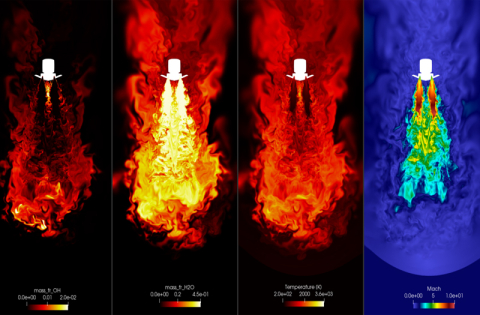
NASA engineers are leveraging DOE’s powerful supercomputers to simulate decelerating a large spacecraft in Mars’ atmosphere.
Computation reveals details about how matter falling into these massive cosmic objects & the energy released from them affect the universe’s evolution
Researchers have used the Dark Energy Spectroscopic Instrument to make the largest 3D map of our universe & world-leading measurements of dark energy.
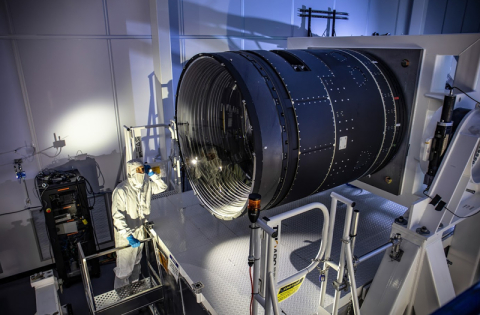
A team from DOE’s national labs has finished building the Legacy Survey of Space and Time Camera, which will take unparalleled images of the cosmos.
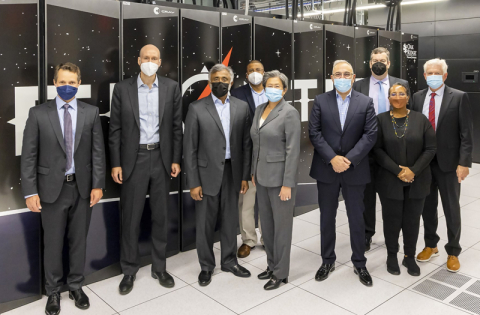
As I depart the Office of Science to return to my academic position, I would like to take a moment to reflect on the amazing things we’ve done together over the past two years.
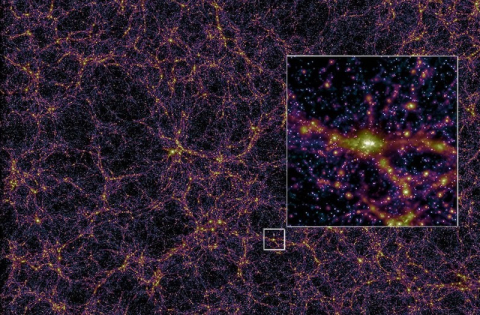
Scientists are developing simulations of the universe and its evolution that take advantage of new, powerful exascale supercomputers.
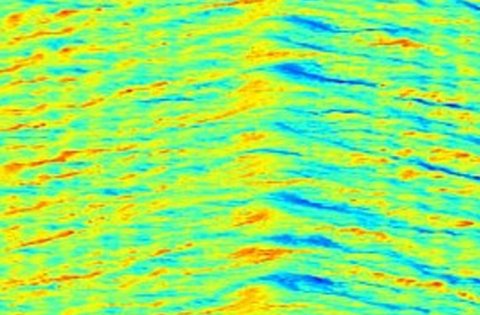
More powerful computing resources than ever before enabled fusion researchers to delve even deeper into the details of plasma.

Decades of research supported by the Department of Energy informed a national strategy to measure and monitor greenhouse gas emissions.

Scientists are working to standardize a process to create images of clumped cancerous cells. This technology could help lead to new treatments.

Since the 1990s, the Atmospheric Research Measurement team has found new and better ways to use unmanned aerial systems for research.

